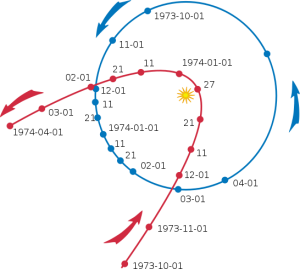 The notion that there is a path from reciprocal altruism to big brains and advanced cognitive capabilities leads us to ask whether we can create “effective” procedures that shed additional light on the suppositions that are involved, and their consequences. Any skepticism about some virulent kind of scientism then gets whisked away by the imposition of a procedure combined with an earnest interest in careful evaluation of the outcomes. That may not be enough, but it is at least a start.
The notion that there is a path from reciprocal altruism to big brains and advanced cognitive capabilities leads us to ask whether we can create “effective” procedures that shed additional light on the suppositions that are involved, and their consequences. Any skepticism about some virulent kind of scientism then gets whisked away by the imposition of a procedure combined with an earnest interest in careful evaluation of the outcomes. That may not be enough, but it is at least a start.
I turn back to Marcus Hutter, Solomonoff, and Chaitin-Kolmogorov at this point. I’ll be primarily referencing Hutter’s Universal Algorithmic Intelligence (A Top-Down Approach) in what follows. And what follows is an attempt to break down how three separate factors related to intelligence can be explained through mathematical modeling. The first and the second are covered in Hutter’s paper, but the third may represent a new contribution, though perhaps an obvious one without the detail work that is needed to provide good support.
First, then, we start with a core requirement of any goal-seeking mechanism: the ability to predict patterns in the environment external to the mechanism. This is well-covered since Solomonoff in the 60s who formalized the implicit arguments in Kolmogorov algorithmic information theory (AIT), and that were subsequently expanded on by Greg Chaitin. In essence, given a range of possible models represented by bit sequences of computational states, the shortest sequence that predicts the observed data is also the optimal predictor for any future data also produced by the underlying generator function. The shortest sequence is not computable, but we can keep searching for shorter programs and come up with unique optimizations for specific data landscapes. And that should sound familiar because it recapitulates Occam’s Razor and, in a subset of cases, Epicurus’ Principle of Multiple Explanations.… Read the rest

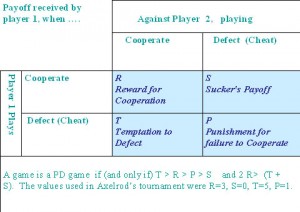
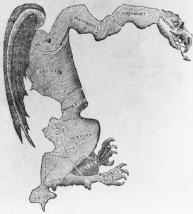

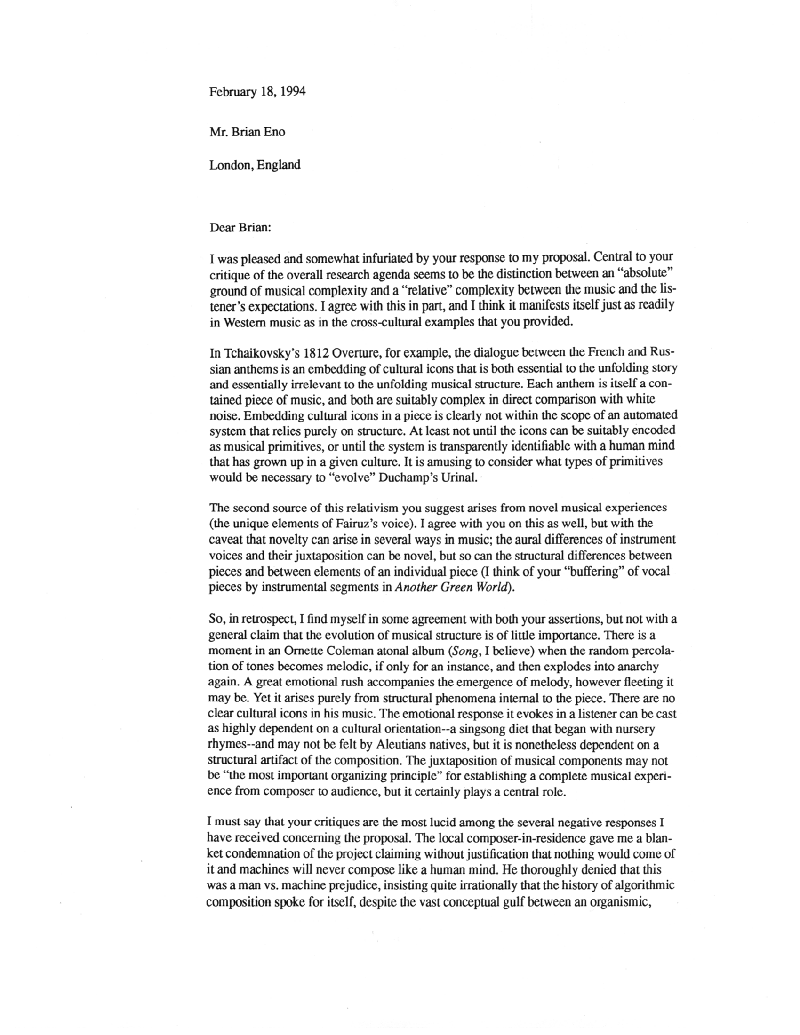
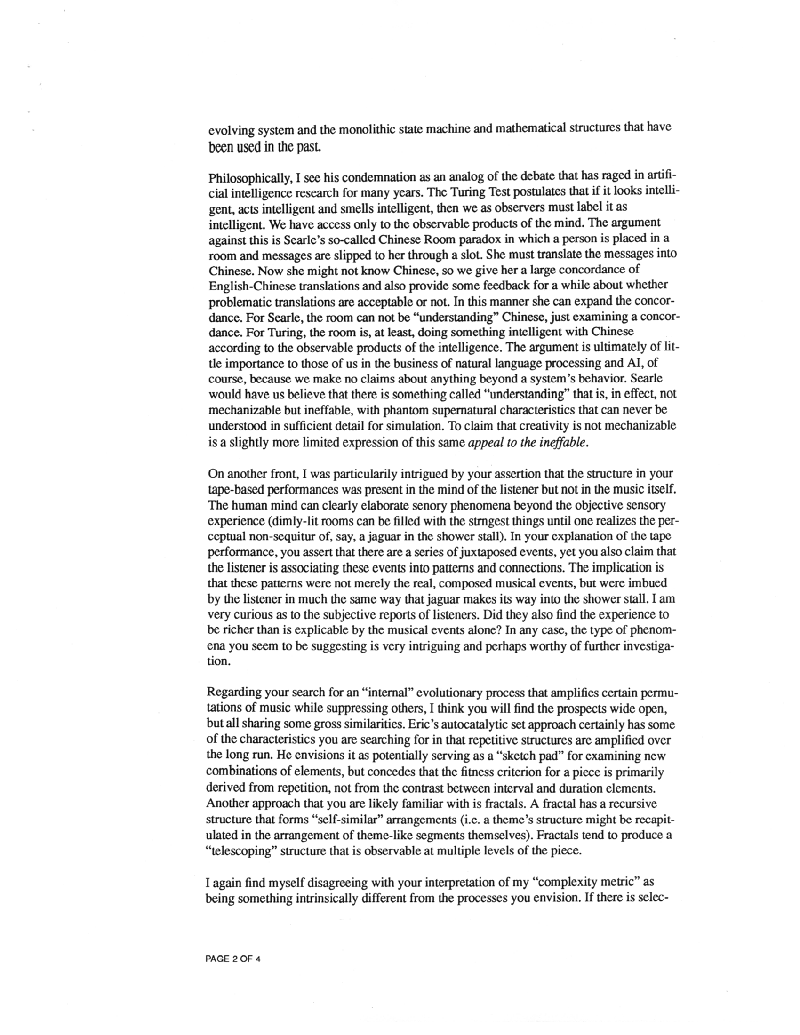
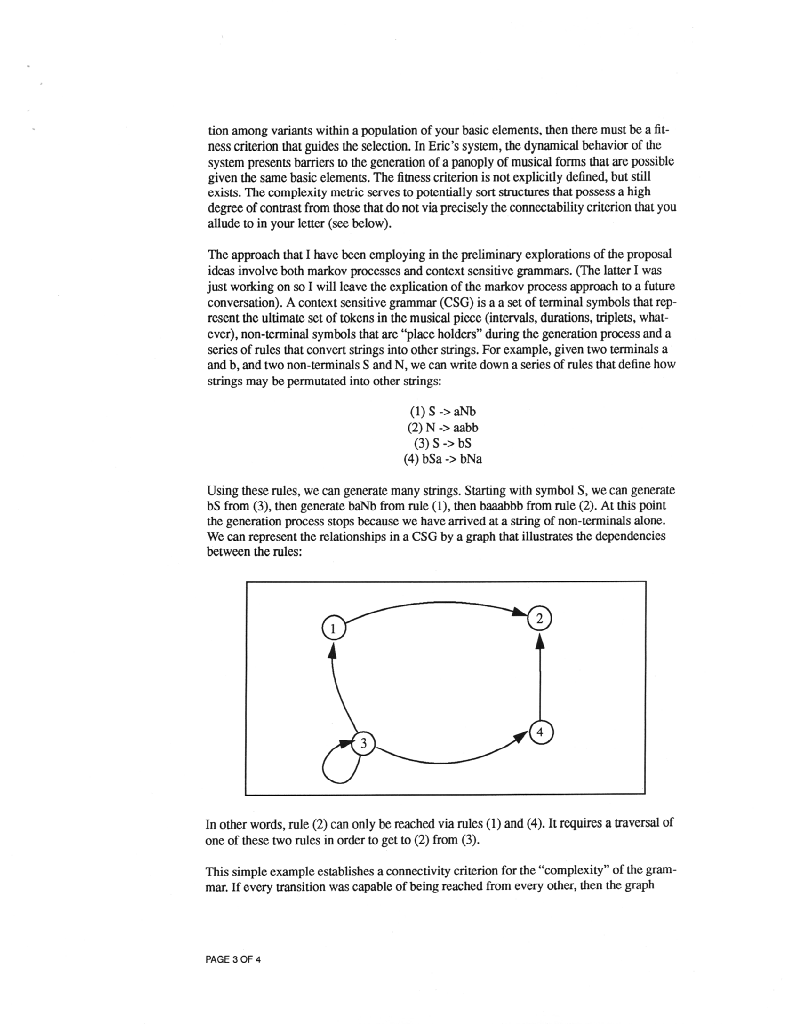
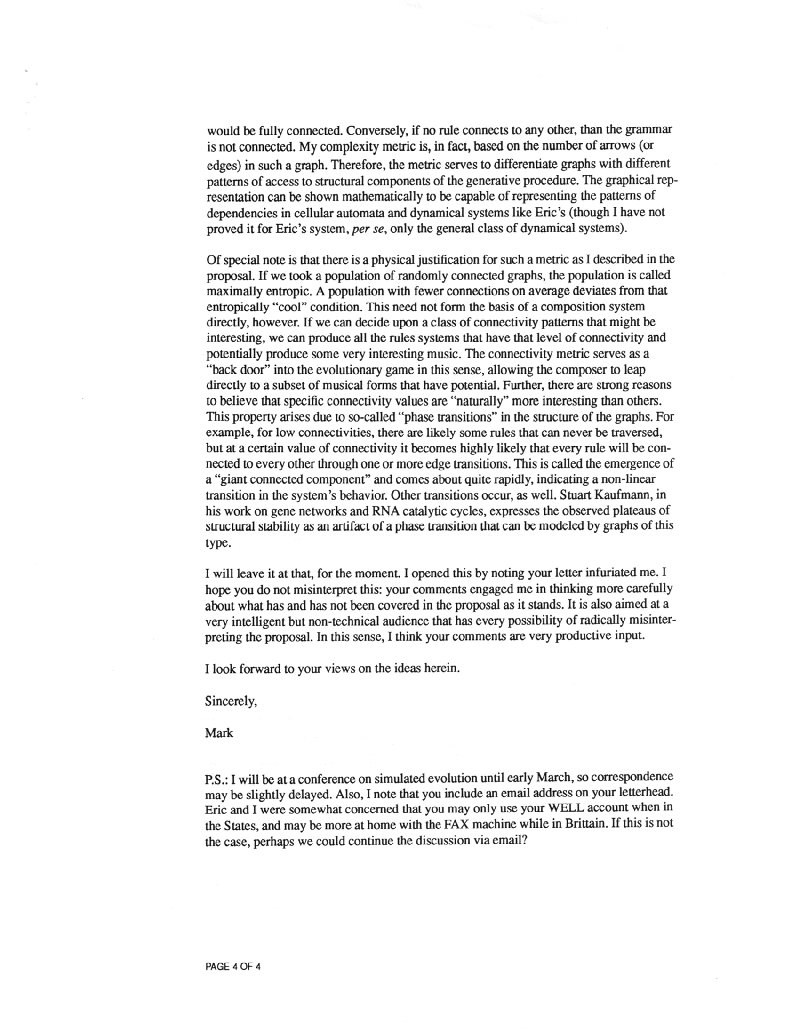

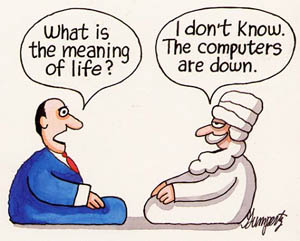 The impossibility of the Chinese Room has implications across the board for understanding what meaning means. Mark Walker’s paper “
The impossibility of the Chinese Room has implications across the board for understanding what meaning means. Mark Walker’s paper “